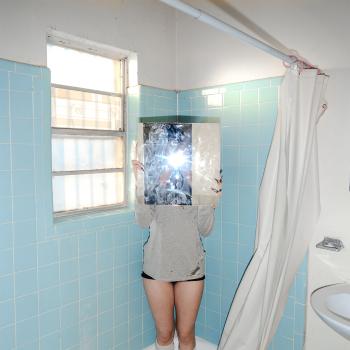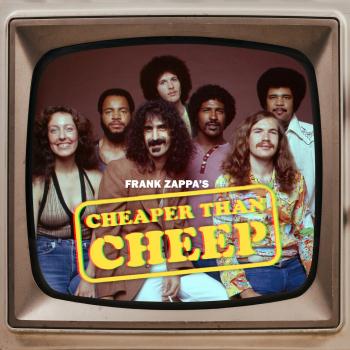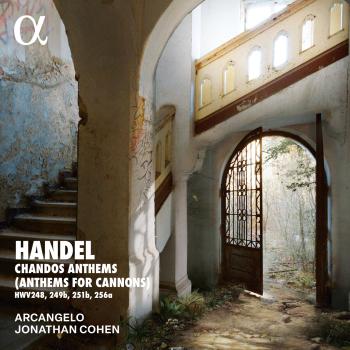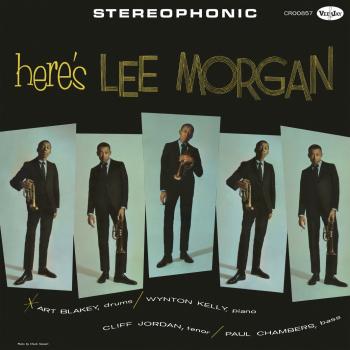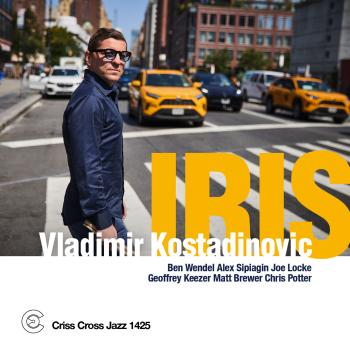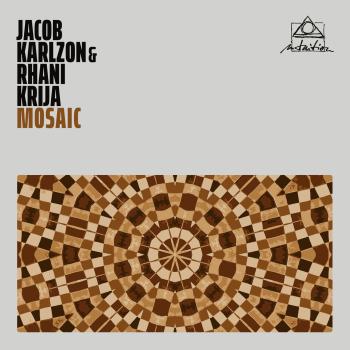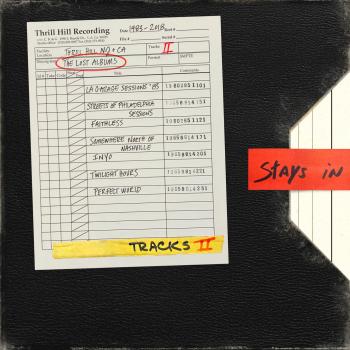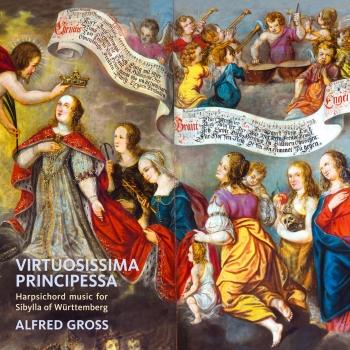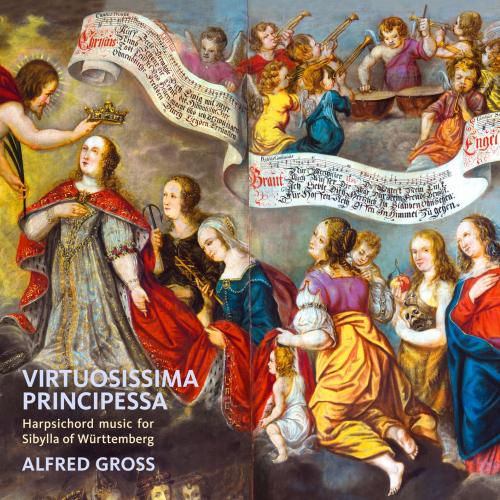
Virtuosissima Principessa: Cembalomusik für Sibylla von Württemberg (1620-1707) Alfred Gross
Album info
Album-Release:
2023
HRA-Release:
09.06.2023
Label: Organum Classics
Genre: Classical
Subgenre: Chamber Music
Artist: Alfred Gross
Composer: Sibylla von Württemberg (1620–1707), Johann Jacob Froberger (1616–1667), Philipp Friedrich Böddecker (1607–1683), Samuel Friedrich Capricornus (1628–1665)
Album including Album cover Booklet (PDF)
- Johann Jacob Froberger (1616 - 1667): Suite Es-Dur · E flat major · Mi bémol majeur FbWV 631:
- 1 Froberger: Suite Es-Dur · E flat major · Mi bémol majeur FbWV 631 09:45
- Philipp Friedrich Böddecker (1607 - 1683): Sonata in d-Moll · D minor · ré mineur:
- 2 Böddecker: Sonata in d-Moll · D minor · ré mineur 09:41
- Johann Jacob Froberger: Suite g-Moll · G minor · sol mineur FbWV 618:
- 3 Froberger: Suite g-Moll · G minor · sol mineur FbWV 618 08:49
- Samuel Friedrich Capricornus (1628 - 1665):
- 4 Capricornus: O Traurigkeit aus · from · de Zwey Lieder von dem Leyden und Tode Jesu 10:17
- Johann Jacob Froberger: Suite a-Moll FbWV 615a:
- 5 Froberger: Suite a-Moll FbWV 615a 10:48
- Suite F-Dur · F major · Fa majeur FbWV 617:
- 6 Froberger: Suite F-Dur · F major · Fa majeur FbWV 617 09:16
- Meditation faite sur ma mort future FbWV 620:
- 7 Froberger: Meditation faite sur ma mort future FbWV 620 05:06
Info for Virtuosissima Principessa: Cembalomusik für Sibylla von Württemberg (1620-1707)
All the compositions on this album are related to Duchess Sibylla of Württemberg. In the case of the Suites in F major (FbWV 617) and G minor (FbWV 618) by Johann Jacob Froberger, the personal dedication has fortunately survived in various copies. Philipp Friedrich Böddecker’s Violin Sonata in D, presented here as a harpsichord piece composed by the performer, is part of the “Sacra Partitura” collection dedicated to Sibylla herself. Samuel Capricornus dedicated the Zwey Lieder von dem Leyden und Tode Jesu (Two Songs of the Passion and Death of Jesus) to the three sisters Antonia, Anna and Sibylla of Württemberg, with particular emphasis on the latter. Froberger was only four years old when Sibylla was born in 1620. It is highly likely that she was taught to play the keyboard by the collegiate and court organist Johann Ulrich Steigleder (1593–1635), and had been associated with Froberger since childhood – at least in musical matters. Sibylla, since 1762 a widow, moved into Héricourt Castle, a few kilometres north-east of Mömpelgard and which had been destined for her. It is hardly surprising that Froberger moved into an apartment near to Héricourt Castle. We can see from Sibylla’s letters that this was a happy time for her, since music was at the forefront. She called Froberger her “dear, honest, faithful and diligent teacher” and recalled their lessons as being a “great pleasure”. Despite having experienced the world, the imperial chamber organist did not seem to have felt uncomfortable in his isolation and was pleased that “the people liked him because of his good humour, even though they did not understand his art”. Once you have learnt of Froberger’s visit to the residence belonging to Sibylla of Württemberg, you will be unable to escape the melancholy charm of what remains of the once stately Héricourt Castle. The idea of recording music where it was first heard and partly created some 350 years ago was very tempting. In Sibylla we meet a princess who gave decisive impulses to music far away from the great centres. Music encyclopaedias have not yet included a single entry to her. This album would like to commemorate this great ducal musician.
Alfred Gross, harpsichord
Alfred Gross
The harpsichordist, clavichordist and fortepianist Alfred Gross studied school music, church music (organ with André Luy, Lausanne Cathedral) and musicology (Ludwig Finscher, Georg von Dadelsen and Ulrich Siegele) at the Hochschule für Musik Saar conservatory, Saarland University and the University of Tübingen in the late 1960s and early 1970s. After the A examination, he turned to historical keyboard instruments and studied harpsichord with Henk Boumann (Musica Antiqua Cologne), Don Franklin (Pittsburgh) and Gustav Leonhardt (Amsterdam). Concerts have seen him travel to numerous European countries and the USA.
Alfred Gross recorded Handel’s organ concertos on a claviorgan with the Südwestfunk Radio Orchestra for the Koch International label. For Amati Records, he produced the series “Du clavecin au fortepiano” (“From harpsichord to fortepiano”) and recorded C. P. E. Bach’s “Sonatas, Fantasies and Rondos for Connoisseurs and Enthusiasts” for the Beyer-Records label. CD recordings of keyboard music from the court orchestra of Maximilian I (Organum Classics) and works by Ludwig van Beethoven, played on a grand piano by Dieudonné & Schiedmayer (Stuttgart, 1816) for the Schiedmayer Foundation in Wendlingen, date from 2019 and 2020.
Alfred Gross was a harpsichord teacher at the Esslingen University of Sacred Music (later Tübingen), at the University of Tübingen (together with Ulrich Siegele) and at the University of Music and the Performing Arts Stuttgart (on behalf of Jon Laukvik).
Alfred Gross spent the winter of 2015 at the legendary Stanford University in California, where the Music Department afforded him the opportunity to extensively study playing techniques on a Cristofori fortepiano. To bid farewell to his new-found friends of early music, he gave a much-acclaimed concert on this instrument in Knoll Hall.
In 2016 – Froberger’s commemorative year – Alfred Gross was a welcome guest at various concert series and gave with lectures on Froberger’s sound symbolism. For publication in the Encyclopaedia of Renaissance Music, he wrote articles on stringed keyboard instruments and also published essays on matters of tempo design, and most recently an article on the subject of “C. P. E. Bach and the Clavichord”. He regularly reviews books and sheet music from the field of early music for the “Die Tonkunst” music magazine. His seminal essay entitled “In 26 Noten-Fällen ziemlich deutlich vor Augen und Ohren geleget - Symbolik, Abbildung und Nachahmung in Frobergers Cembalomusik” (Laid clearly before eyes and ears in 26 note cases – symbolism, illustration and imitation in Froberger’s harpsichord music) was published in 2020 in the Yearbook of the Society for Music History Baden-Württemberg.
Booklet for Virtuosissima Principessa: Cembalomusik für Sibylla von Württemberg (1620-1707)

